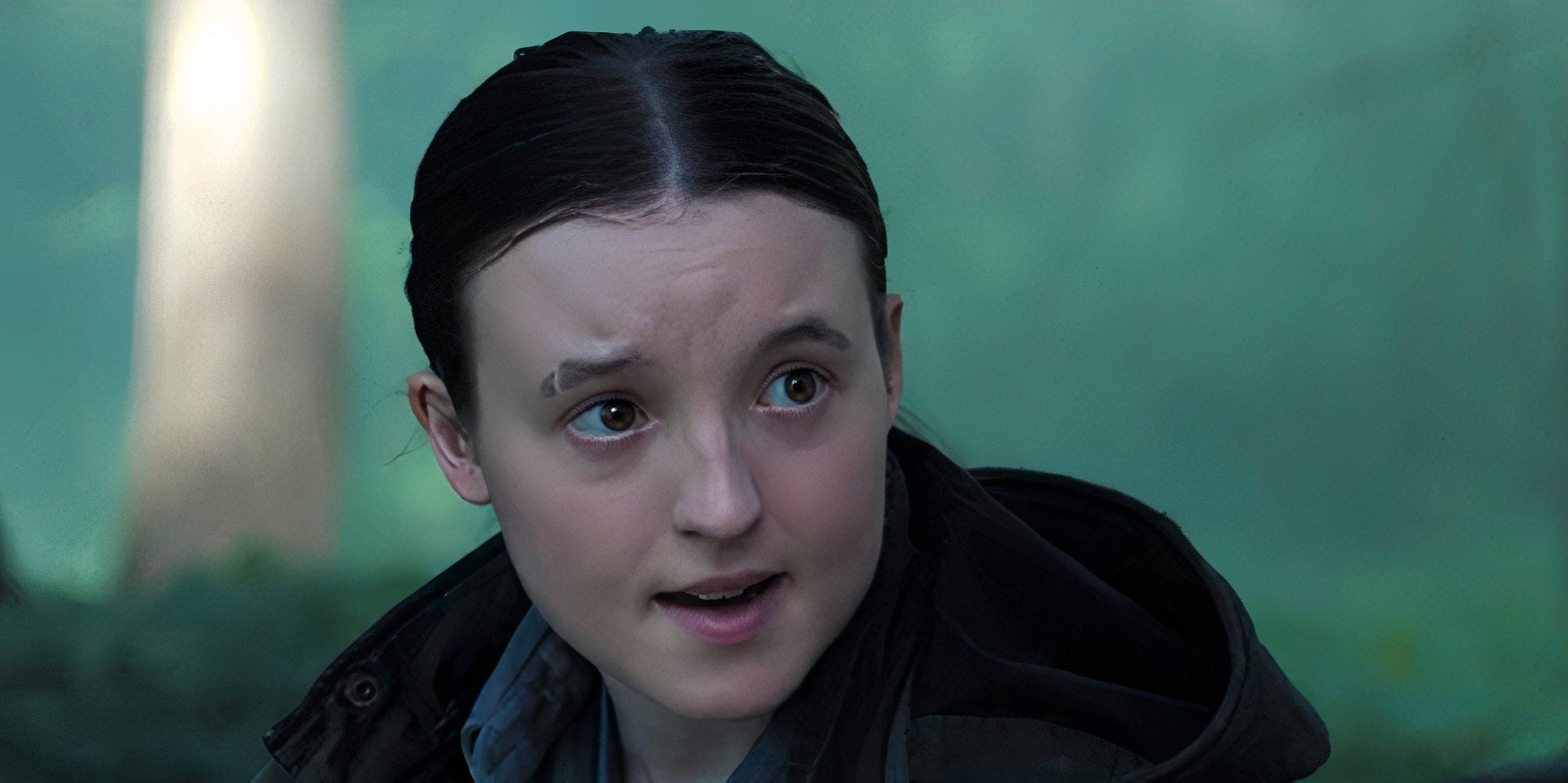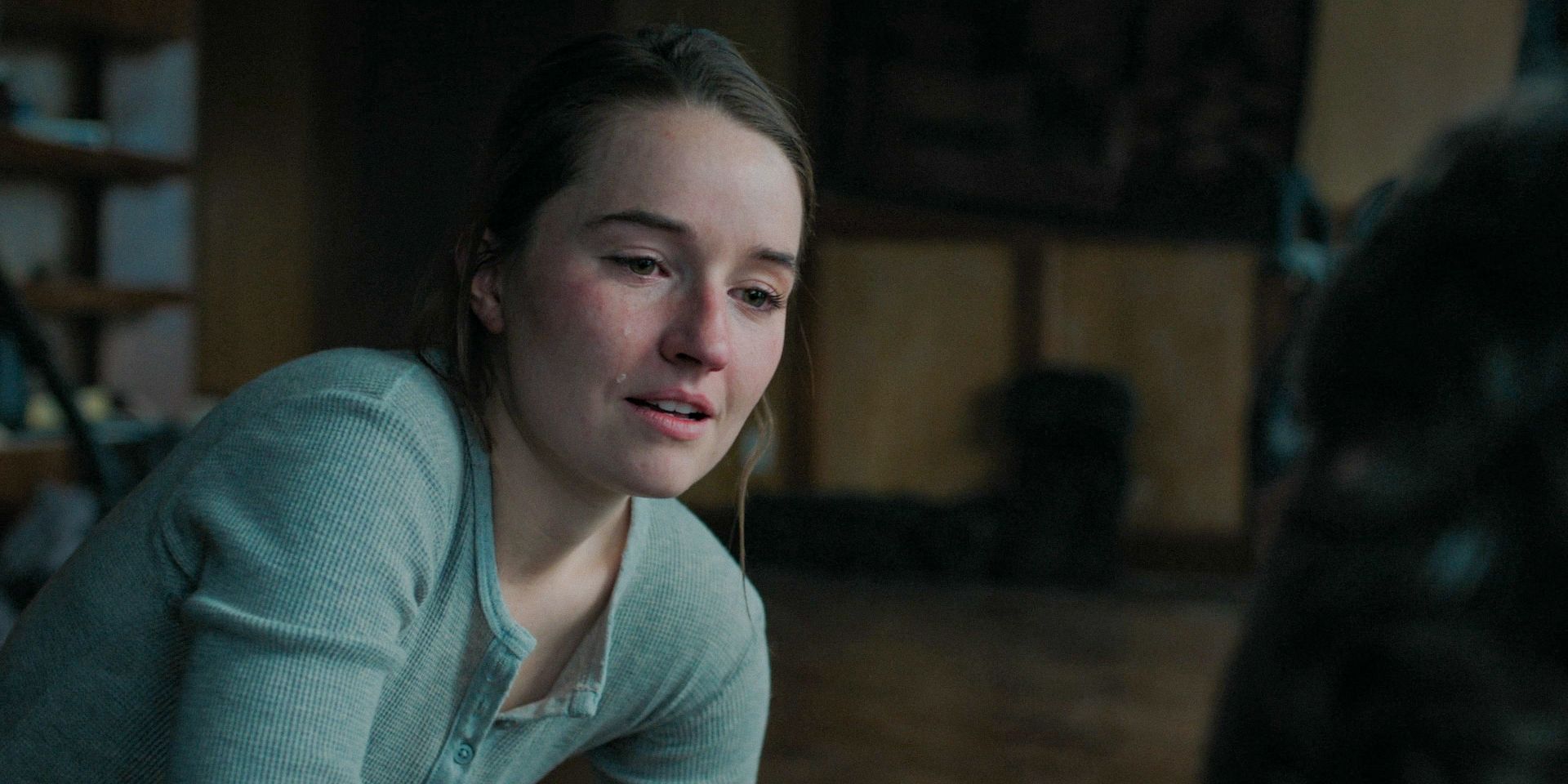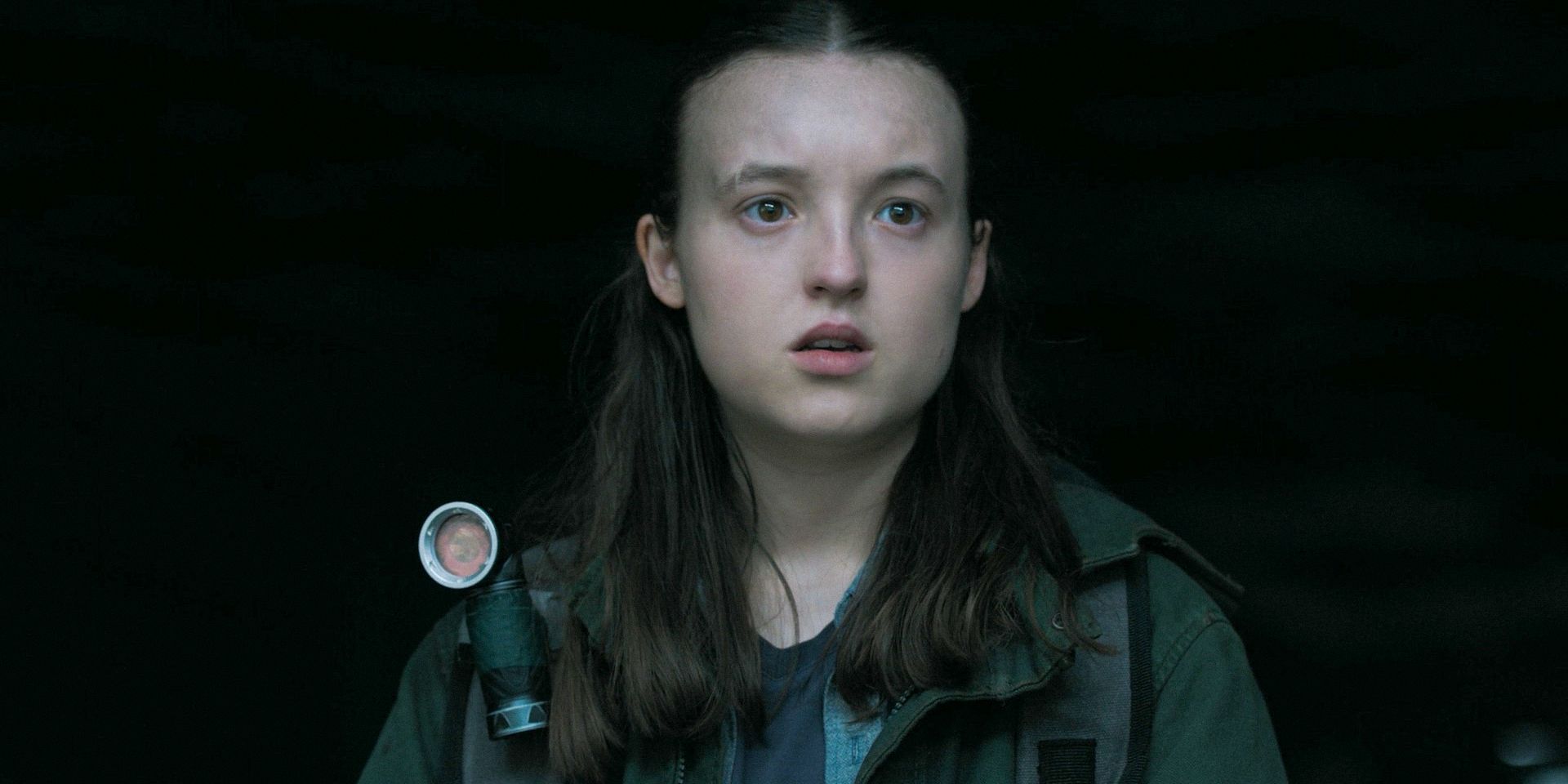The Last of Us season 2 reviews from critics have been quite positive, praising the new direction of the series and the exploration of consequences for how season 1 ended. However, audiences haven't been as receptive; as of writing, season 2 holds a 38% audience score on Rotten Tomatoes. While some of this may stem from review bombing, stemming from how controversial The Last of Us Part II was on release, there is a genuine lack of interest in season 2 when compared to season 1. No better is that illustrated than by comparing the viewership of both season finales.
The Last Of Us Season 2 Finale Got Less Than Half The Viewership Of The Season 1 Finale
It Also Drew In Less Viewers Than The Season 2 Premiere

According to a press release from Warner Bros. Discovery, The Last of Us season 2 finale viewership was less than half of the season 1 finale on premiere night. Season 2, episode 7 drew in 3.7 million cross-platform viewers, the number reflecting viewership on HBO and Max combined. While the company insists the viewership drop is because of Memorial Day weekend, it's still a significant dip compared to the season 1 finale. The end of The Last of Us season 1 drew in 8.2 million viewers on premiere night, meaning the season 2 finale had a 55% decrease in views.
This isn't the only viewership comparison that showcases the post-apocalyptic drama is losing its same-day audience. Season 2, episode 1 drew in 5.3 million viewers, which, by comparison, means The Last of Us season 2 finished with a 30% decrease in viewership. Comparing the season 2 finale with both the season 1 finale and the season 2 premiere showcases some significant dips in audience retention. Generally speaking, the show seems to be losing its same-day audience, something that seems to reflect audience disinterest in the series' latest episodes.
Without High Viewership, The Last Of Us’ 4-Season Plan Could Be In Danger
The Last Of Us Has Already Been Renewed For Season 3

The drama's short-term future has already been laid out, with The Last of Us season 3 renewed before season 2 premiered. However, series co-creators Neil Druckmann and Craig Mazin have previously said they have a 4-season plan for The Last of Us, which they believe will be necessary to complete their adaptation of The Last of Us Part II. While it's unconfirmed how the structure of the TV series is planned to be showcased, there are three significant chunks of story in the game that could correspond to each season. However, this structure remains unknown for sure.
What I believe is more certain, though, is that The Last of Us' declining viewership will put plans for season 4 in jeopardy. The significant drop seen in the season 2 finale's numbers signals there is a diminishing interest in the series. While these numbers don't account for larger viewership numbers that happen after an episode has aired, they do signify less people are interested in watching the episodes on the same day. This could be detrimental to the show's planned longevity, made more precarious by a key change happening in season 3.
Why The Last Of Us Season 3 Might See Viewership Drop Even Lower
Season 3 Is Getting A Significant Shift In Focus

The Last of Us season 2 ended with Abby arriving at the theater where Ellie and her group are, killing Jesse and holding Tommy hostage. She seemingly shoots at Ellie before the scene cuts to a flashback of Abby in the WLF's stadium two days prior. This not only leaves the main character's fate on a massive cliffhanger, but also teases the main focus of season 3. Much like The Last of Us Part II, season 3 will be focused on Abby, showcasing what she's been doing since Ellie arrived in Seattle.
I'm not convinced everyone watching the show is going to want to see an entire season focused on Abby, especially since she killed Joel. Focusing on her story was a risky move in The Last of Us Part II, but to replicate that in a TV format is even riskier. Audiences are going to have to wait a significant amount of time for season 3, which won't even feature the show's main character until the very end. It's more to ask of a TV audience because of the inevitably lengthy wait time and that significant shift in focus.
As of writing, The Last of Us season 3 production start window has yet to be revealed.
How The Last Of Us Can Recover Its Dwindling Ratings
Focus & Speed Are Its Best Options

Another option is to fast-track production of season 3, reducing the two-year turnaround time that happened between seasons 1 and 2. Doing so means viewers aren't waiting a long time to see a stretch of the story where Ellie barely appears, making her absence less potentially damaging to future viewership numbers. Ensuring The Last of Us gets strong viewership is a major factor in securing its 4-season plan, something that won't come to fruition if the series continues to lose viewers.



